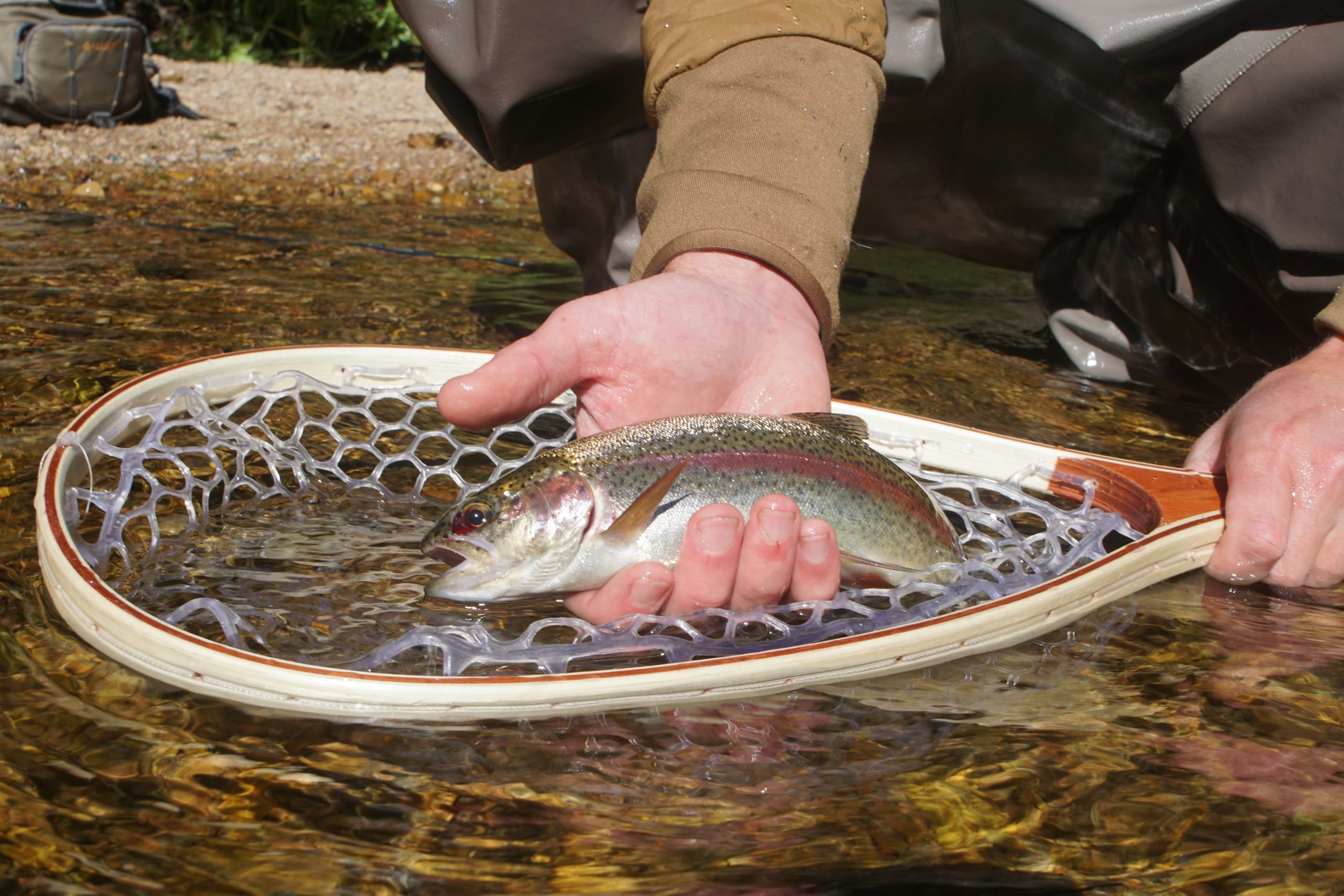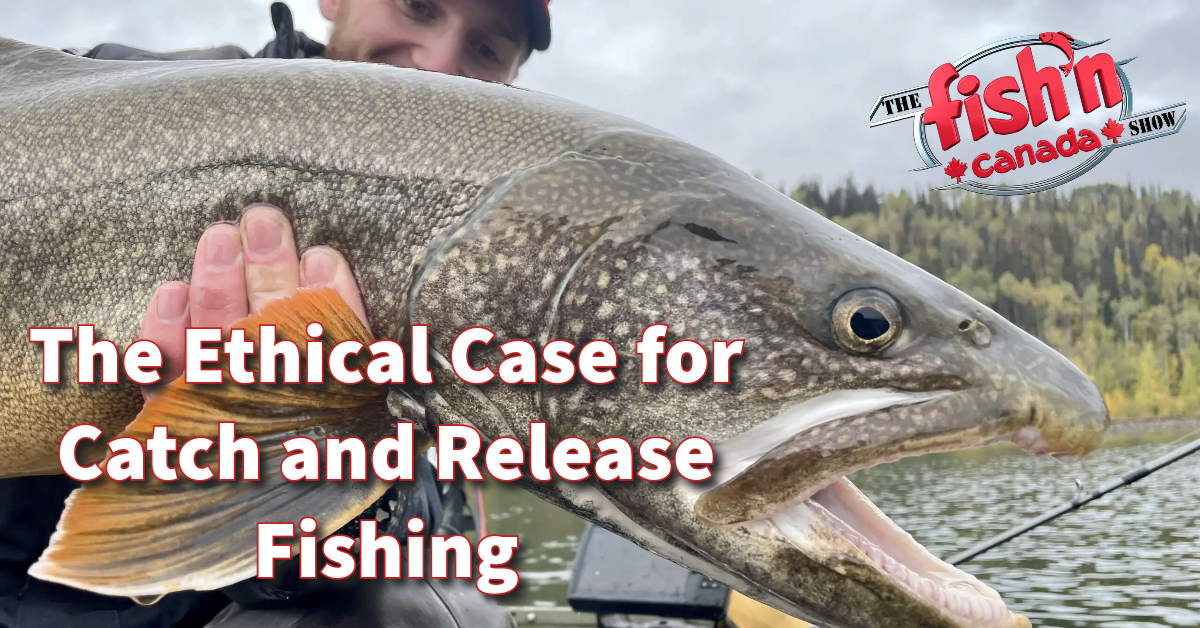Ethical considerations in sport fishing revolve around conservation and respect for marine life. Anglers must practice sustainable fishing methods.
Sport fishing, a popular recreational activity, requires adherence to ethical guidelines to protect aquatic ecosystems. Anglers should use catch-and-release techniques to minimize harm to fish populations. Using barbless hooks and proper handling methods ensures fish survival post-release. Ethical anglers avoid overfishing, respecting size and bag limits set by authorities.
They also maintain cleanliness, disposing of waste properly to prevent pollution. Respecting marine habitats and wildlife is crucial, promoting a balanced ecosystem. By following these practices, sport fishing can remain a sustainable and enjoyable activity for future generations. Ethical sport fishing fosters a harmonious relationship between humans and nature.
Introduction To Ethical Sport Fishing
Sport fishing is a popular hobby enjoyed by millions worldwide. It involves catching fish for recreation, not for food or profit. But, ethical considerations are crucial in this activity.
Respecting the environment and fish populations ensures the sport remains sustainable. This way, future generations can also enjoy fishing.
Importance Of Ethics
Ethics in sport fishing help protect fish species and their habitats. Following ethical practices maintains the balance of aquatic ecosystems.
Anglers who respect ethical guidelines contribute to conservation efforts. They help preserve natural resources and promote responsible fishing.
Sport Fishing Defined
Sport fishing involves catching fish for fun, not for food. It requires skill, patience, and knowledge of fishing techniques.
There are different types of sport fishing, including fly fishing, ice fishing, and deep-sea fishing. Each type offers unique challenges and experiences.
Regardless of the type, ethical considerations remain vital. Responsible anglers follow rules and regulations to protect fish populations.
- Use of proper gear
- Respecting catch limits
- Releasing fish safely
| Ethical Practice | Benefit |
|---|---|
| Proper gear | Reduces harm to fish |
| Catch limits | Prevents overfishing |
| Safe release | Increases survival rates |
By following these practices, anglers can enjoy the sport while preserving nature. This balance is key to ethical sport fishing.

Credit: www.bushwhackersflyfish.com
Historical Perspective
Sport fishing has a rich history, evolving over centuries. Its ethical considerations have changed with time. Understanding the past helps us appreciate the present. Let’s explore the historical perspective of sport fishing.
Evolution Of Sport Fishing
Sport fishing began as a subsistence activity. Early humans fished for food. As time passed, fishing became a sport. Ancient Egyptians used rods and lines. They fished for both food and sport.
In the Middle Ages, sport fishing gained popularity. Nobles and kings fished for leisure. They developed new techniques. This era saw the birth of modern sport fishing. The 19th century brought technological advancements. Fishing rods and reels improved. Anglers sought bigger catches. Ethical considerations started to emerge.
In the 20th century, sport fishing saw rapid growth. Conservation efforts began. Anglers realized the need for sustainability. Catch-and-release practices became common. Ethical considerations became central to the sport.
Traditional Practices
Traditional fishing practices were often sustainable. Indigenous communities respected nature. They fished only what they needed. Their methods ensured fish populations thrived. Modern sport fishing has roots in these practices. Understanding them is crucial.
Indigenous methods included using simple tools. Nets, spears, and traps were common. These methods had minimal environmental impact. They ensured fish populations remained healthy. Ethical sport fishing draws from these practices.
Respect for nature was a key value. Overfishing was avoided. Balance was maintained. This respect is essential in modern sport fishing. Learning from traditional practices helps us fish ethically today.
Environmental Impact
Sport fishing is a popular pastime that connects people with nature. Yet, it’s important to consider its environmental impact. This section delves into how sport fishing affects ecosystems and species populations. Understanding these effects helps promote sustainable fishing practices.
Ecosystem Disruption
Sport fishing can disrupt local ecosystems in several ways. Removing fish from their habitats alters the food chain. Predators might lack food, while prey populations could grow unchecked.
Fishing gear also poses risks. Lost lines and hooks can harm other wildlife. They can entangle birds, turtles, and other marine animals, causing injury or death.
Boats used in sport fishing can damage habitats. Propellers can destroy aquatic plants and disturb sediment. This affects water quality and the organisms that depend on these habitats.
Species Population
Overfishing is a major concern for species populations. Targeting specific fish can lead to a decline in their numbers. This imbalance affects the entire ecosystem.
Certain species are more vulnerable to overfishing. Slow-growing fish or those with low reproduction rates face higher risks. Protecting these species is crucial for maintaining biodiversity.
Catch and release practices help, but they are not perfect. Improper handling can still harm fish. Ensuring proper techniques is essential to minimize stress and injury.
| Impact | Effect on Ecosystem |
|---|---|
| Overfishing | Reduces fish population |
| Lost Gear | Harms other wildlife |
| Boats | Destroys habitats |
Maintaining a healthy ecosystem ensures the sustainability of sport fishing. Awareness and responsible practices can mitigate these environmental impacts.
Conservation Efforts
Sport fishing is a popular pastime that many enjoy worldwide. Yet, ethical considerations play a crucial role in sustaining this activity. Conservation efforts are essential to maintaining fish populations and their habitats. By focusing on sustainable practices and catch and release methods, we can help preserve aquatic ecosystems for future generations.
Sustainable Practices
Anglers must adopt sustainable practices to protect fish species and their environments. Using the right gear can minimize harm to fish and habitats. For example, using circle hooks reduces the chance of deep hooking. Choose fishing lines that are biodegradable to prevent pollution.
Respecting seasonal restrictions is vital. Fish populations need time to reproduce and grow. Always check local regulations before fishing. This ensures you are not harming vulnerable species.
Avoid overfishing by following catch limits. These limits are set based on scientific research. They help maintain a balanced ecosystem. Only take what you need and release the rest.
Catch And Release
Catch and release is an effective conservation strategy. It allows fish to return to their habitat and continue their life cycle. Proper techniques are essential to ensure the fish survives.
Here are some key steps for successful catch and release:
- Use barbless hooks to minimize injury.
- Handle fish with wet hands to protect their slime coat.
- Minimize air exposure; keep the fish in water as much as possible.
- Revive the fish before release by gently moving it back and forth in the water.
These practices increase the fish’s chances of survival. They also contribute to the overall health of the fish population.
By adopting these sustainable practices and catch and release methods, anglers play a vital role in conservation efforts. These steps ensure that sport fishing remains a sustainable and enjoyable activity for years to come.
Regulations And Policies
Sport fishing is a popular activity. It requires strict regulations and policies. These rules help protect fish populations and the environment. Understanding these laws ensures ethical fishing practices.
Legal Framework
Different countries have unique laws for sport fishing. These laws set limits on fish sizes, seasons, and fishing methods. Adhering to these rules helps maintain fish populations.
- Size Limits: Fishermen must release fish below a certain size.
- Seasonal Restrictions: Fishing may be banned during breeding seasons.
- Permitted Methods: Certain gear and techniques may be restricted.
Violating these laws can result in fines or bans. Fishermen must stay informed about local regulations.
International Guidelines
Many international organizations set guidelines for sport fishing. These guidelines aim to promote sustainable fishing worldwide. Organizations like the International Game Fish Association (IGFA) and the Food and Agriculture Organization (FAO) play key roles.
| Organization | Role |
|---|---|
| IGFA | Sets ethical fishing standards and records. |
| FAO | Provides guidelines for sustainable fishing practices. |
These guidelines encourage responsible fishing. They help preserve marine ecosystems and ensure future generations can enjoy sport fishing.
Role Of Technology
Technology has transformed sport fishing in many ways. It has made fishing easier, more efficient, and more sustainable. With advanced tools, anglers can now catch fish more responsibly. This section will cover the advancements in fishing gear and monitoring tools.
Fishing Gear Advancements
New fishing gear makes sport fishing more ethical. Modern rods and reels are lighter and stronger. This reduces the stress on fish during catch and release. Barbless hooks are now common. They cause less harm to fish. Biodegradable fishing lines break down naturally, reducing pollution. Fish finders help locate fish without disturbing the water. These tools ensure anglers only catch the intended species.
Monitoring Tools
Monitoring tools help in sustainable fishing practices. GPS devices track fishing locations accurately. Anglers avoid overfished areas. Sonar technology provides real-time data on fish populations. This helps maintain a healthy balance in ecosystems. Weather apps give updates on weather conditions. They ensure safer fishing trips. Electronic logbooks record catch data. This information helps in managing fish stocks better. Underwater cameras give a clear view of fish behavior. Anglers can learn more about fish habits and habitats.
Ethical Dilemmas
Sport fishing is a popular recreational activity. Yet, it raises many ethical dilemmas. These dilemmas often revolve around the treatment of fish, cultural perspectives, and environmental impact.
Animal Welfare
Animal welfare in sport fishing is a major concern. Fish are living beings capable of feeling pain. Catch-and-release practices can stress fish. Injuries during the catch can be fatal. Anglers need to handle fish carefully to reduce harm.
Using barbless hooks can minimize injury. Quick release back into water is crucial. Fish handling should be minimal to avoid stress. Following local regulations ensures the fish population stays healthy. Ethical anglers always consider the fish’s welfare.
Cultural Differences
Sport fishing practices vary across cultures. What is acceptable in one culture may not be in another. Respecting cultural norms is essential for ethical fishing. In some cultures, fishing is a tradition and a way of life. In others, it is purely recreational.
Different cultures have different views on fish as food. Some see fish as sacred animals. Understanding these differences is key to ethical fishing. Anglers should respect local customs and traditions. This fosters mutual respect and understanding.

Credit: fishncanada.com
Future Of Ethical Sport Fishing
The future of ethical sport fishing promises exciting advancements and community-driven efforts. As awareness grows, so does the commitment to sustainable practices. This involves not only innovative solutions but also active community involvement. Let’s explore what lies ahead for ethical sport fishing.
Innovative Solutions
Technological advancements play a key role in the future of ethical sport fishing. New tools and techniques reduce the impact on fish populations and habitats.
- Catch and Release Tools: Special hooks and nets that minimize harm to fish.
- GPS and Sonar: These help in locating fish without disturbing their environment.
- Eco-Friendly Gear: Use of biodegradable materials for fishing gear.
These innovations help preserve aquatic ecosystems. They ensure future generations can enjoy fishing too.
Community Involvement
Community involvement is crucial for the success of ethical sport fishing. Local groups and organizations can lead by example.
- Education Programs: Teach anglers about sustainable practices.
- Conservation Efforts: Volunteer in habitat restoration projects.
- Local Regulations: Advocate for laws that protect fish and their habitats.
Communities working together can make a significant impact. By participating in local initiatives, everyone can contribute to ethical sport fishing.
The future of ethical sport fishing looks bright with these combined efforts. By embracing innovative solutions and fostering community involvement, we can ensure a sustainable and enjoyable fishing experience for all.

Credit: inthespread.com
Conclusion
Respecting ethical considerations in sport fishing ensures the protection of marine life. Anglers should practice catch and release responsibly. Using sustainable fishing methods preserves fish populations. Education on ethical practices can make a significant difference. Let’s all contribute to a healthier marine ecosystem through responsible fishing.

